LOM cascading entity manufacturing: 3D printing technology in the fall
The technology that is brought to you today is manufactured by LOM cascading entities, which are not well known. The technology was first developed by Americans and later introduced to China due to technical cooperation. At present, a company in Nanjing is the only company in the world that has the core patent of this technology, and has a monopoly right worldwide. Cascading entity manufacturing has also become the only key technology among the many 3D printing technologies that Chinese companies have mastered.
However, it is precisely because the technology is completely mastered by a company, and the defects of the technology itself, resulting in relatively few industries adopting the technology. So many people say it is a declining 3D printing technology. Today, you will be able to share the LOM technology in detail.
LOM technology principle
In 1976, Paul L Dimatteo proposed in his patent: Using a contour tracker to convert a three-dimensional object into a number of two-dimensional sheets, then laser cutting the sheets, and then joining the series of sheets with screws, pins, etc. Three-dimensional object. This idea is the prototype of LOM technology.
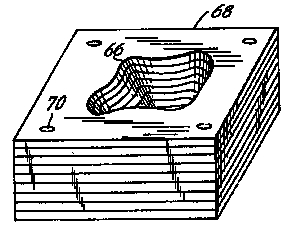
DiMatteo (1974) Mold designed with layered stacking technology
Laminated Object Manufacturing (LOM), also known as layered entity manufacturing technology, was first proposed by Michael Feygin in 1984 on LOM, and in 1985 Helisys (later Cubic Technologies) was formed. The first commercial machine LOM-1015 was launched in 1990 and the technology was successfully commercialized. LOM technology is one of the most mature rapid prototyping manufacturing technologies in the world, mainly based on sheets (such as paper, plastic film or composite materials). Some improved LOM 3D printers have received attention because they are able to print colors that are comparable to two-dimensional printing.

Michael Feygin inventing LOM technology
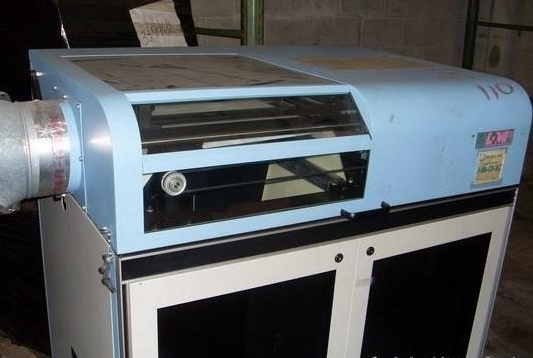
The first LOM device LOM-1015
The forming principle of LOM technology is shown in the figure below. The laser cutting system cuts the sheet coated with hot melt on the back according to the cross-sectional profile data extracted by the computer. After cutting a layer, the feeding mechanism superimposes a new layer of the sheet, bonding the cut layers together using a hot-adhesive device, and then repeating the cutting again. The three-dimensional object is finally formed by bonding and cutting layer by layer. Currently, materials that can be printed on LOM equipment include paper, metal foil, plastic film, ceramic film, and the like.
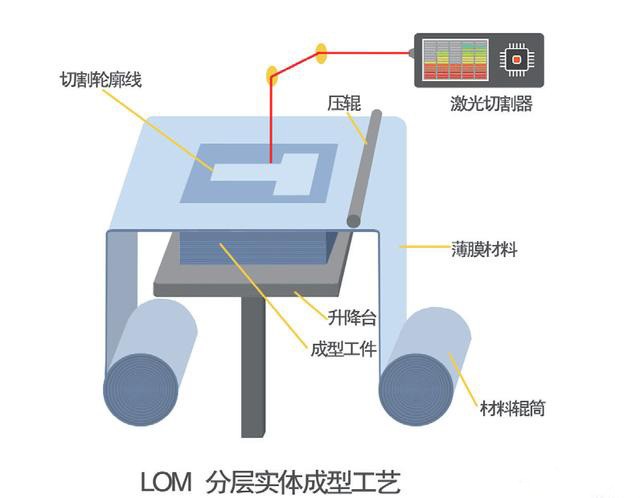
LOM layered entity manufacturing technology schematic (Source: Antarctic Bear)
It is not difficult to find that the LOM process still has the shadow of traditional cutting technology. But it is not cutting with large pieces of raw material, but dividing the original part model into multiple layers and then cutting it layer by layer. It should be noted that although the LOM process supports a variety of materials, most of the papers on the market use paper as the raw material. Therefore, after printing, sandpaper is used for polishing, and the sealant is used for moisture-proof treatment, otherwise the printed article is susceptible to moisture. Infiltration effect.
02 LOM advantages and technical limitations
At present, LOM technology can use mature materials much less than FDM equipment. The most mature and commonly used materials are fiber paper coated with heat-sensitive adhesive. Due to the limitation of raw materials, the printed final product is only equivalent to high-grade wood in performance, which limits the promotion and application of the technology to some extent. In general, the advantages of LOM printing technology are mainly the following aspects.
· The forming speed is faster. Since LOM does not need to print the entire cutting surface, it only needs to use a laser beam to cut the contour of the object, so the forming speed is fast, and it is often used to process large objects with simple internal structure;
·low cost. Because there is no chemical reaction involved, it can satisfy the production of large objects;
• There are no shrinkage and warpage deformations, and there is no need to design and construct a support structure.
· High precision. The precision of the part in the Z direction can reach 0.2 to 0.3 mm, and the accuracy in the X and Y directions can reach 0.1 to 0.2 mm.
The shortcomings of LOM are also very significant, mainly reflected in:
·Restricted by raw materials, the tensile strength and elasticity of molded parts are poor;
• It is not possible to manufacture hollow structural parts. It is difficult to construct objects of fine shape, and is limited to objects with simple structure;
· The post-processing process is cumbersome. The prototype is easy to absorb moisture and needs to be treated with moisture;
· The accuracy of the Z axis is determined by the thickness of the material layer, making it difficult to construct a fine object directly.
· A specialized laboratory environment is required and the maintenance costs are high.
03 LOM technology application
Due to the defects of LOM technology itself, the products using this technology are less, and the application industry is relatively narrow. Currently used in the following areas:
· Directly make functional parts such as paper or film, and use it for appearance evaluation and structural design verification in new product development.
· Production of silicone rubber molds by vacuum injection molding machine, trial production of a small number of new products.
• Rapid mold making, including metal molds for casting, lost foam molds for casting, wax patterns for paraffin wax parts, etc.
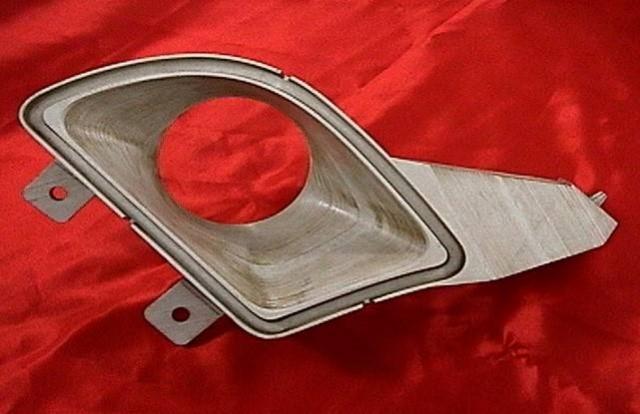
Prototype of car headlights made with LOM technology (Source: Huazhong University of Science and Technology)

Car model made with LOM process (Source: Antarctic Bear)

Gray iron castings and prototypes made of LOM technology

Topographic map model made with LOM technology (Source: 3ders.com)
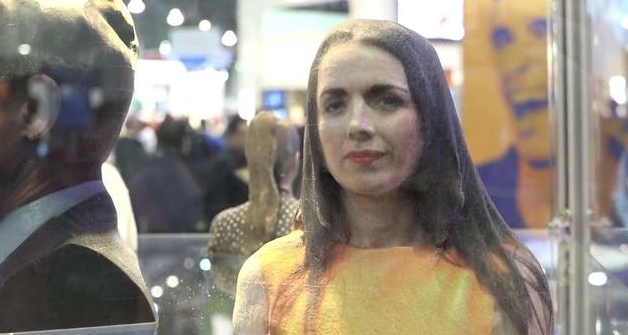
Portrait model made with LOM technology (Source: 3ders.com)

Color model made with LOM technology (Source: Internet)
In the current 3D printing market, printing technologies such as FDM, SLA , and SLM are in the mainstream. Many people say that LOM technology is a technology that is gradually being phased out. However, a person in charge of research and development of LOM technology told Xiaobian: Let the market go to the test, there is value in existence. What do you think about this?
Patient Stretcher,Hospital Patient Stretcher,Medical Patient Stretcher,Hydraulic Patient Stretcher
Jiangmen Jia Mei Medical Products Co.,Ltd. , https://www.jmmedicalsupplier.com